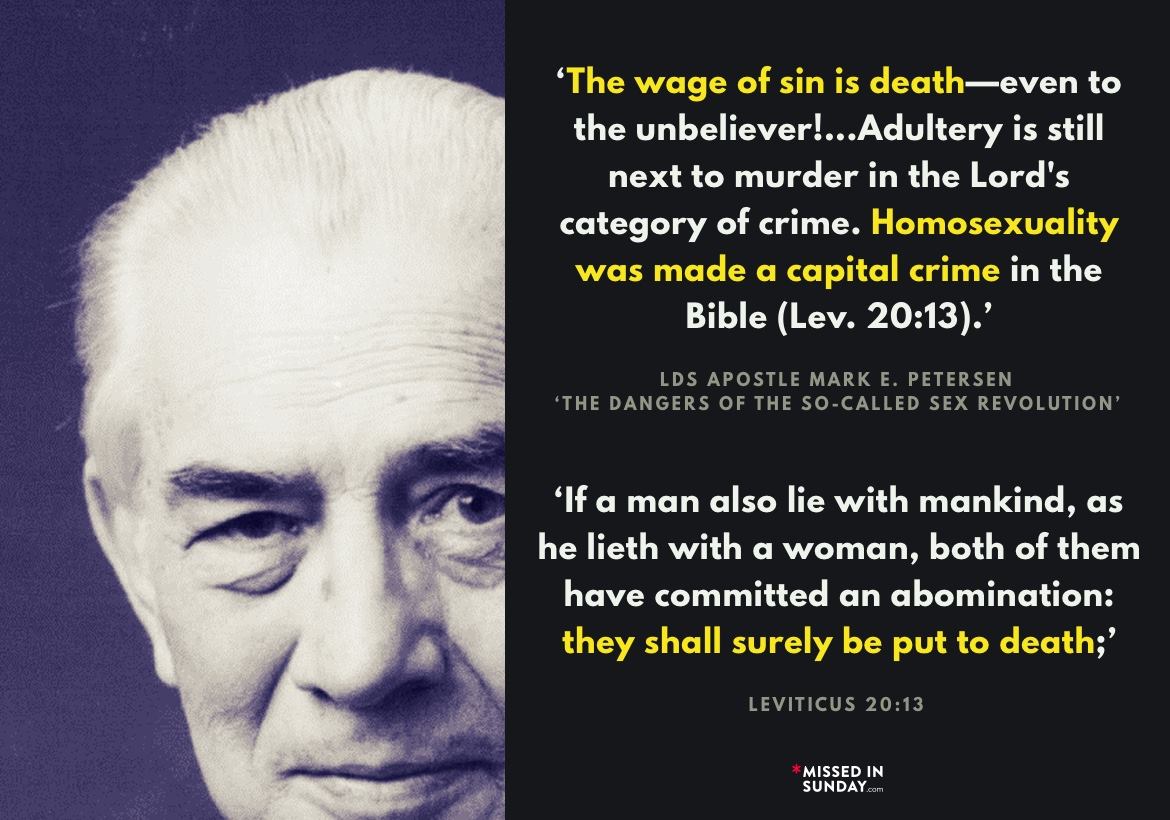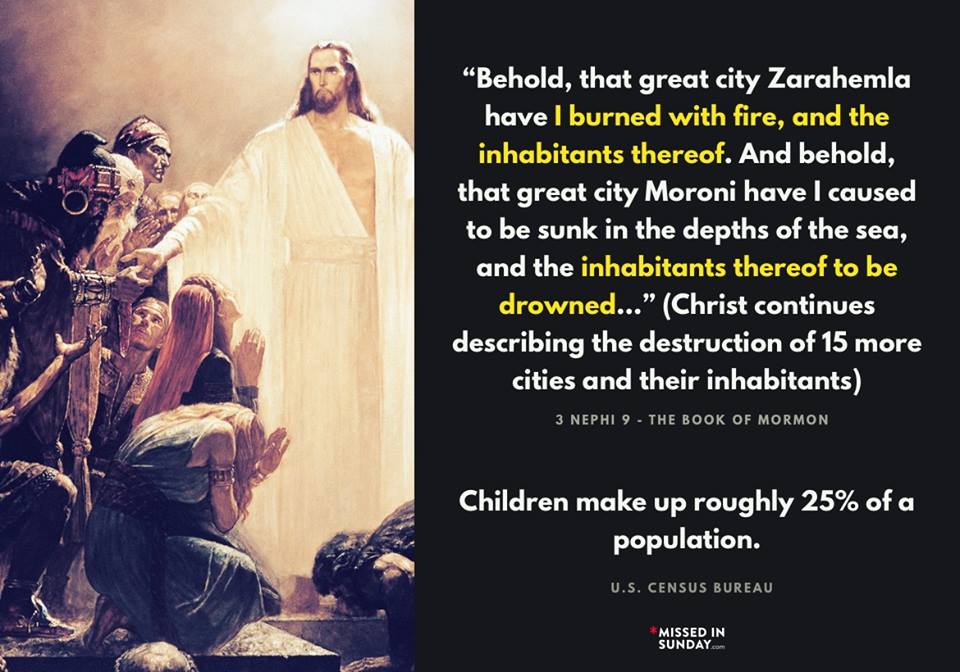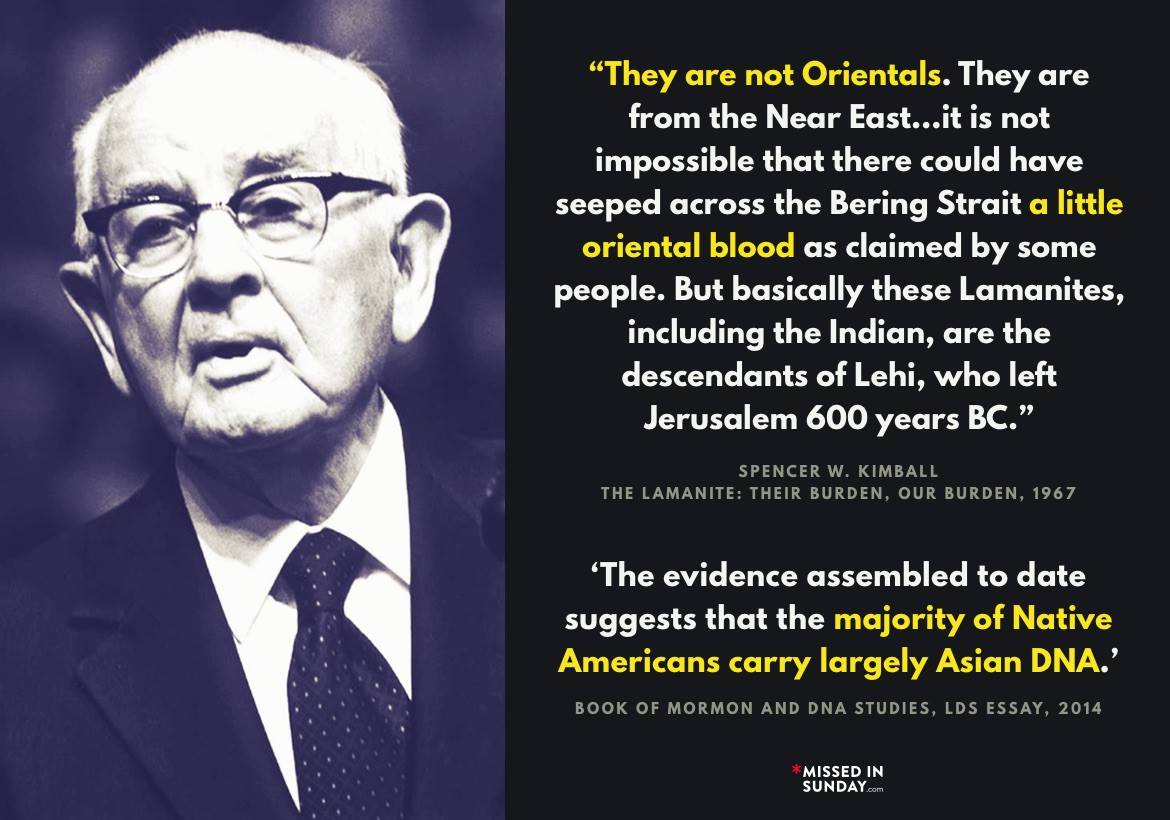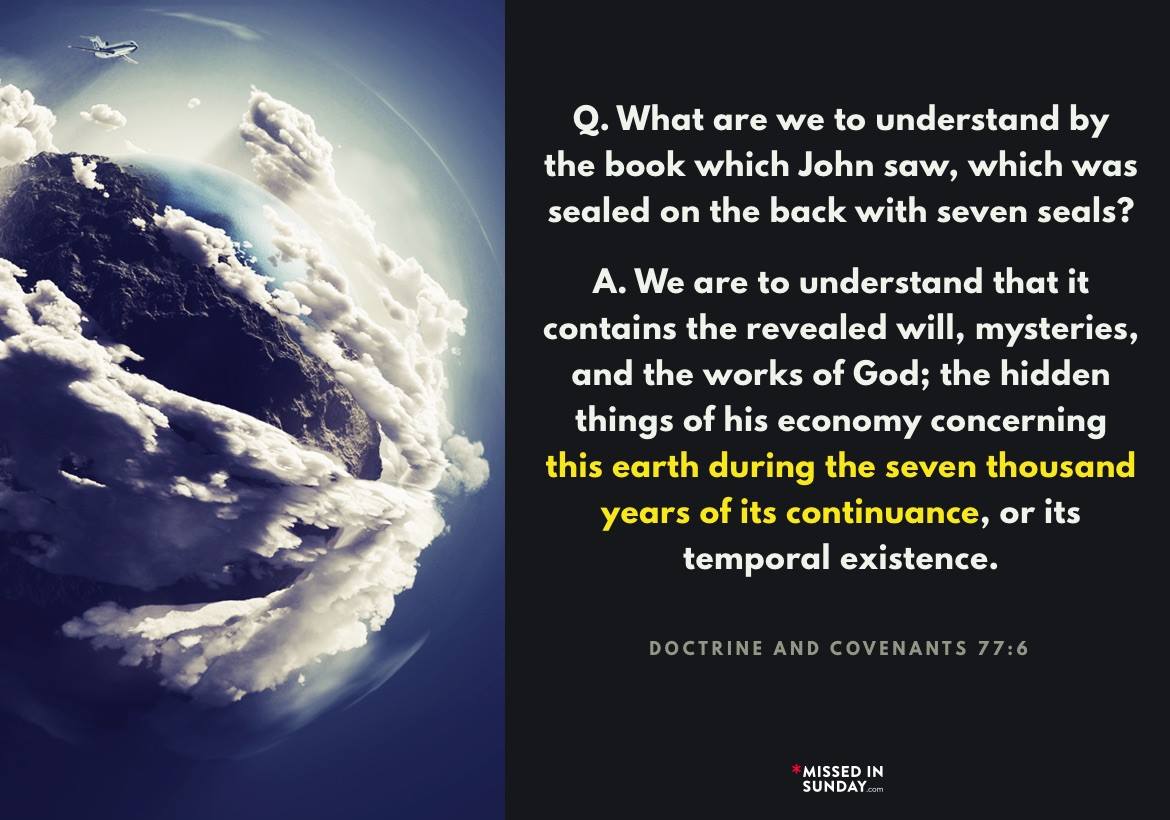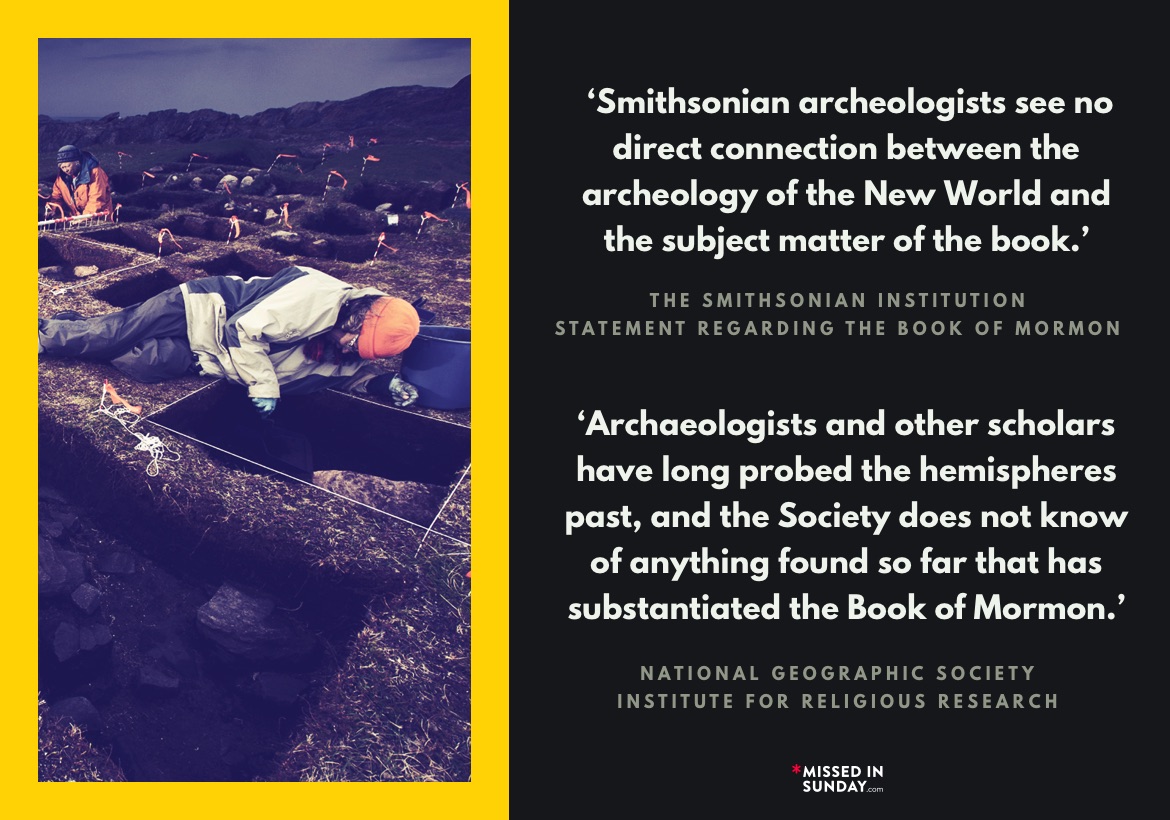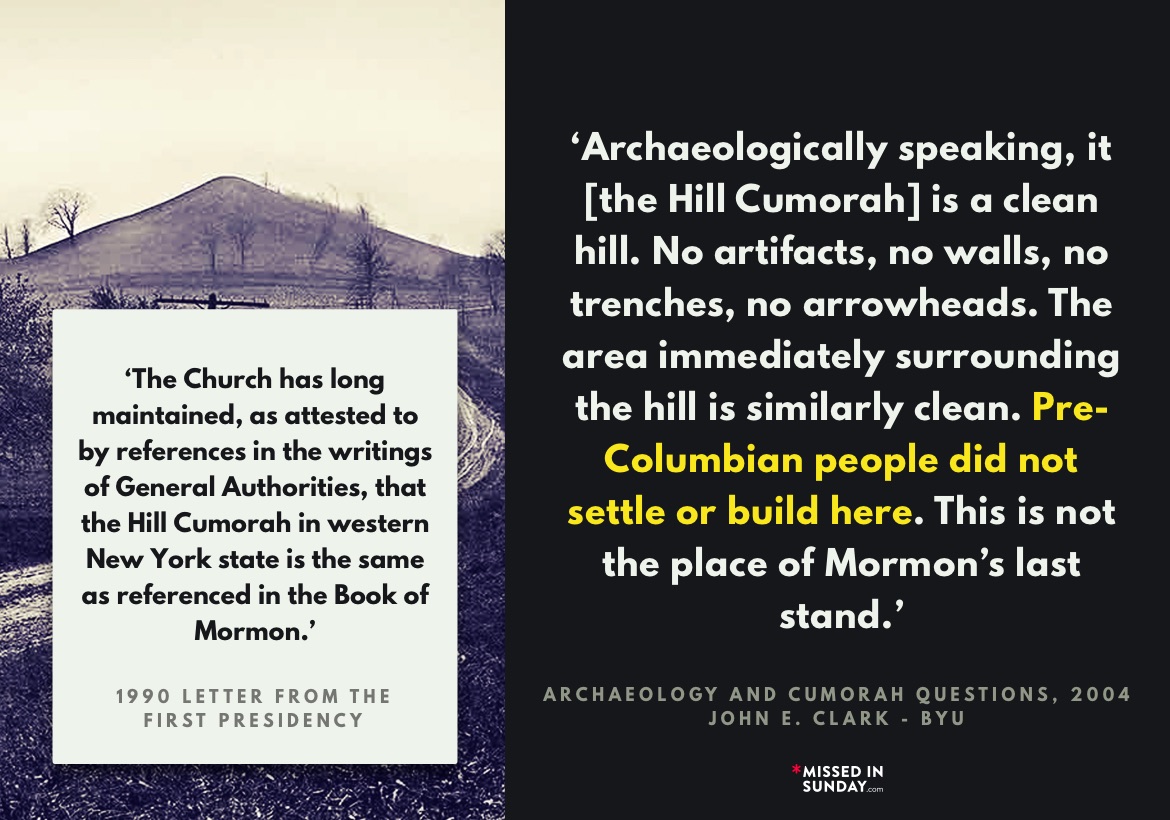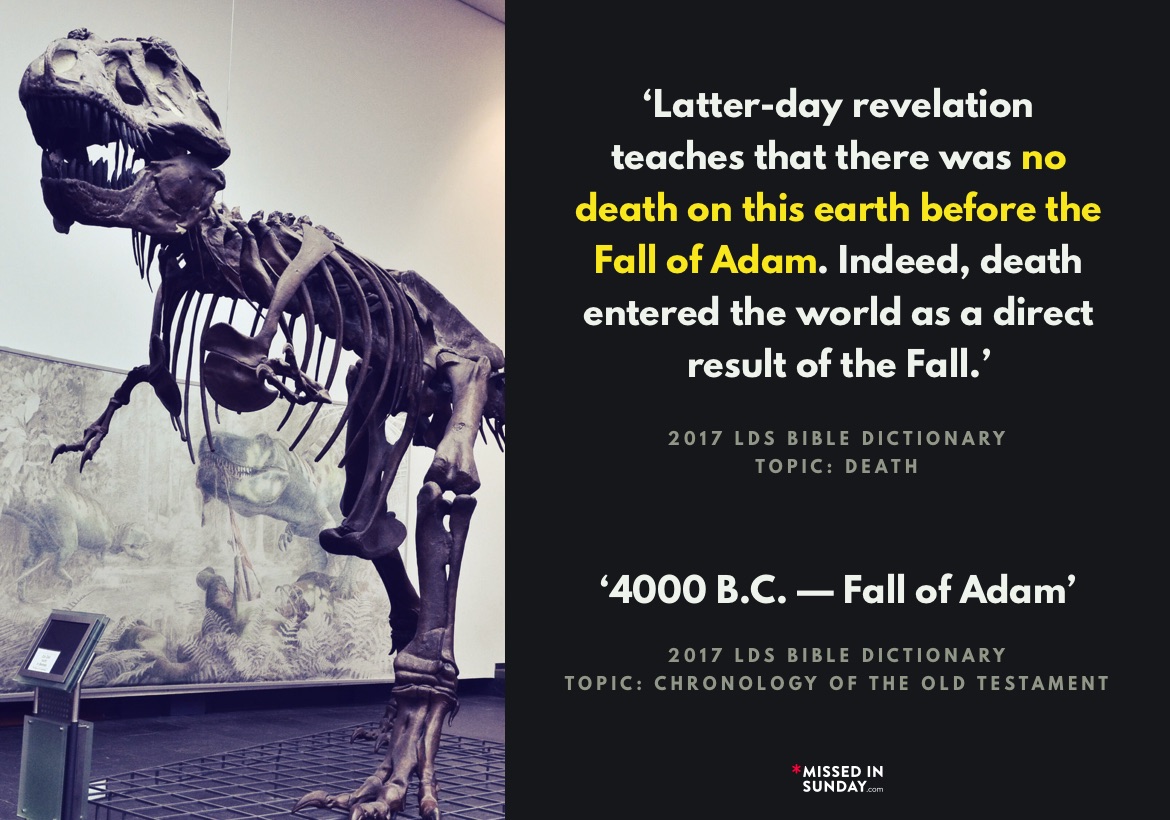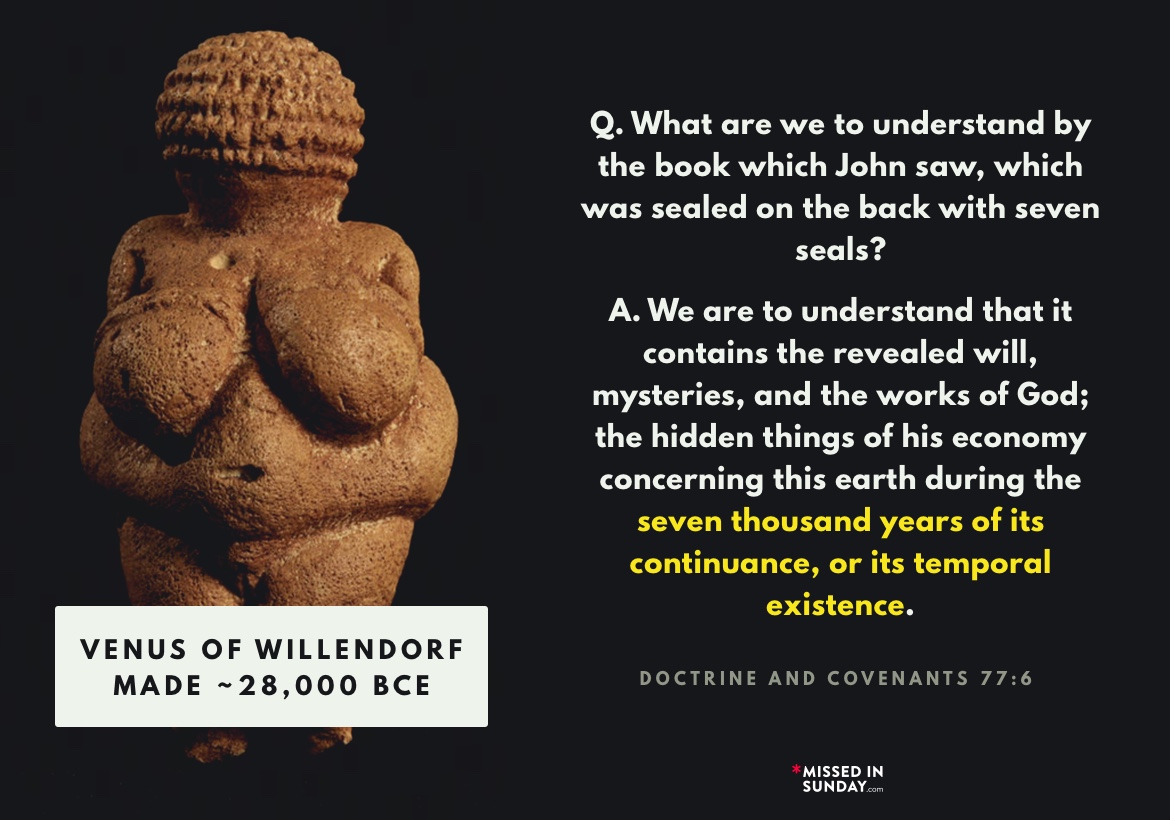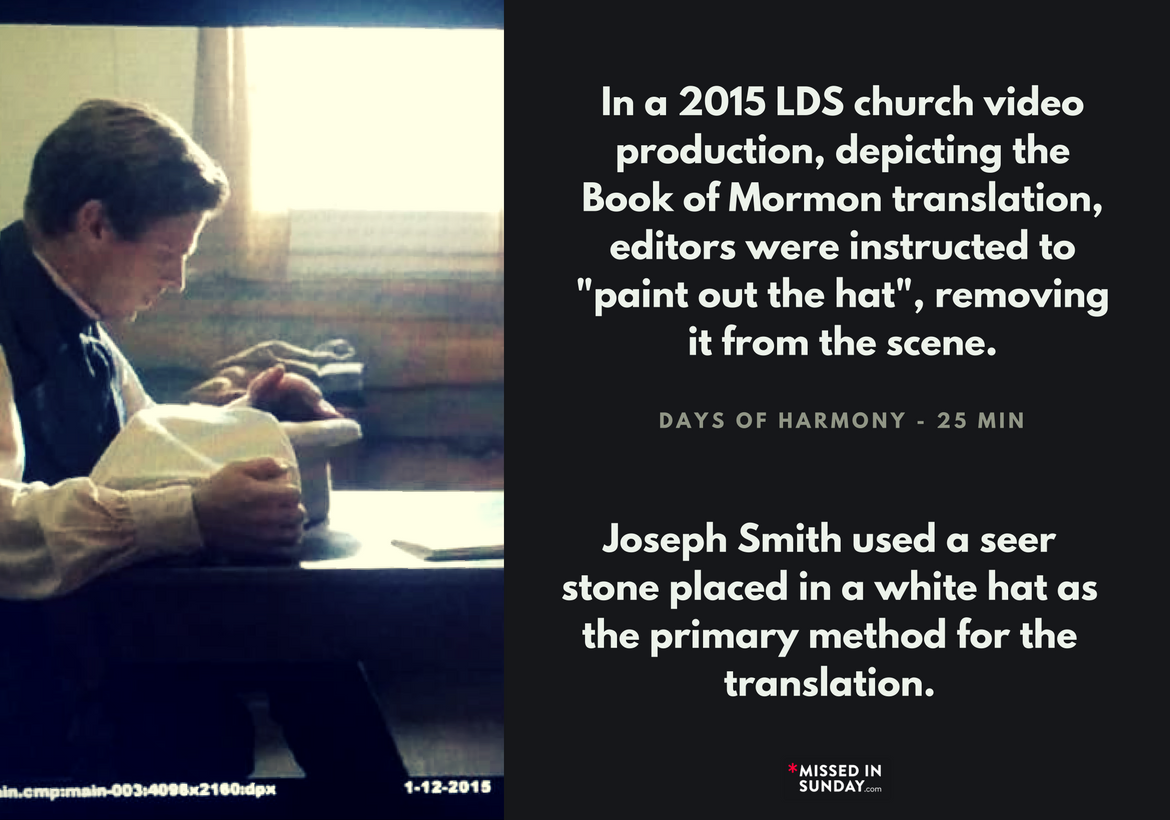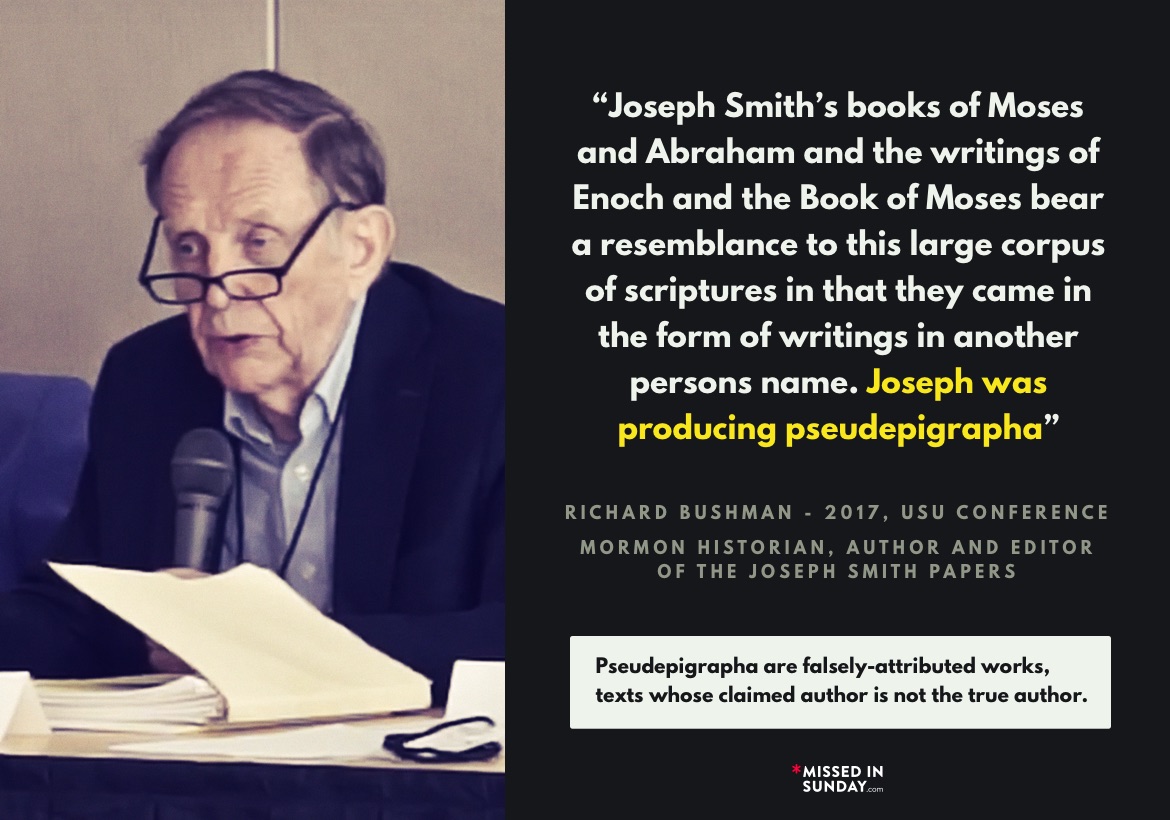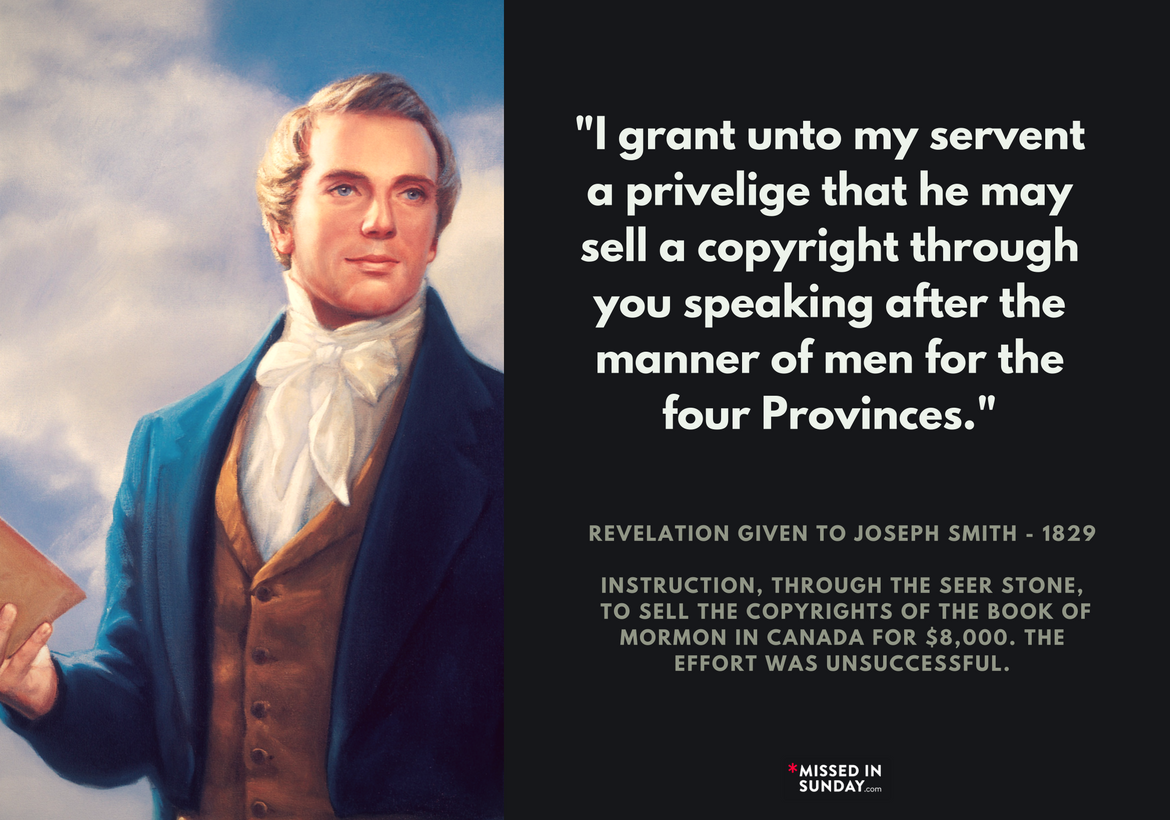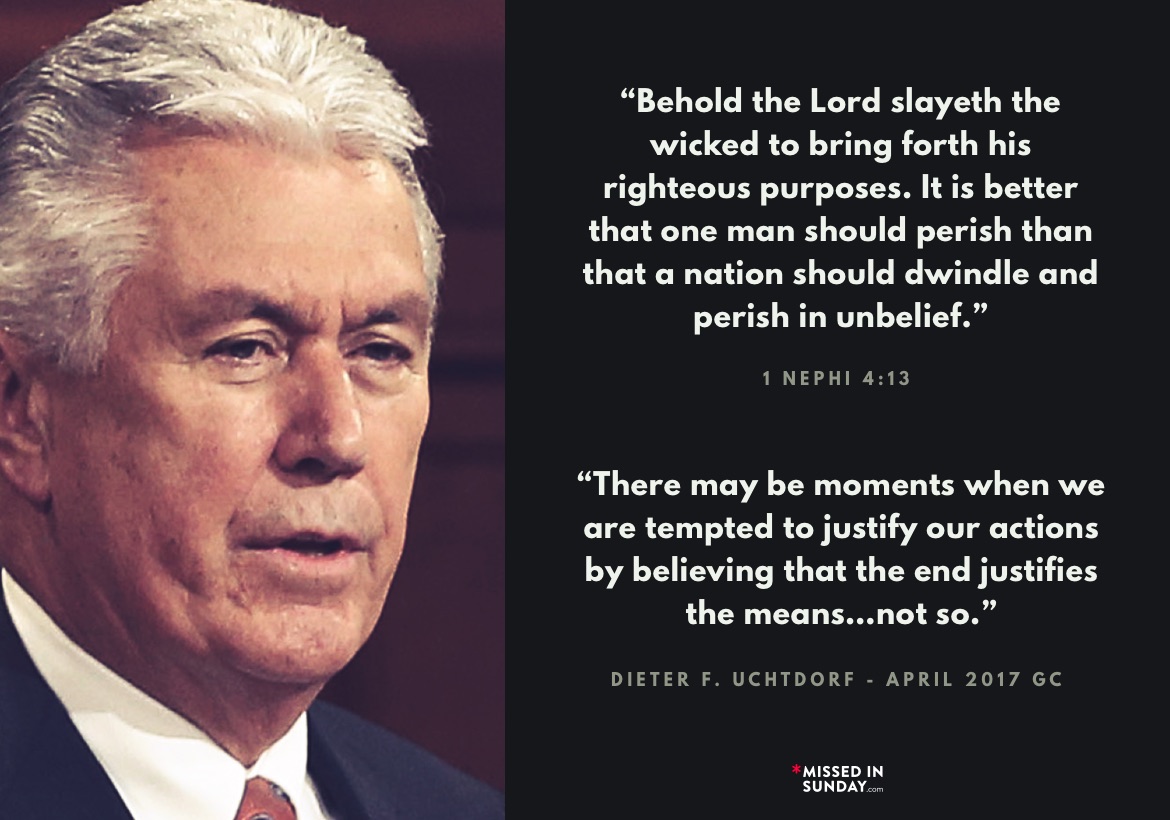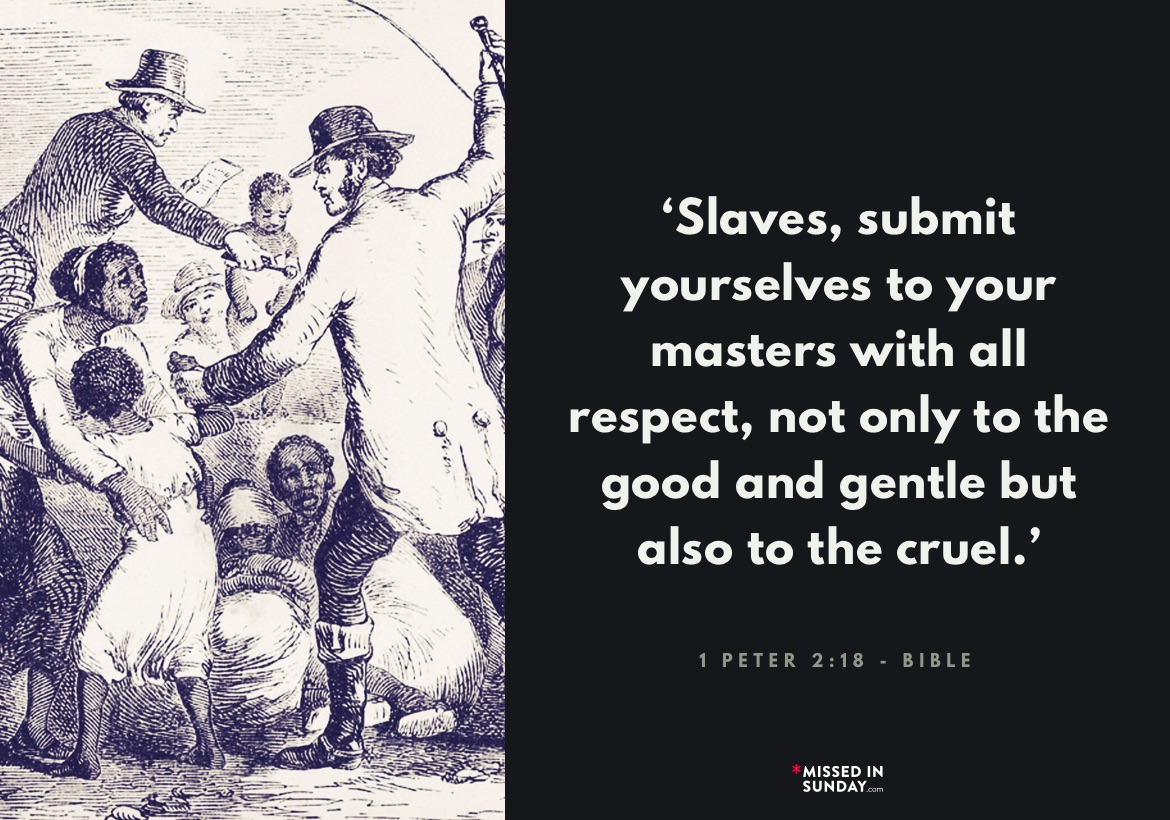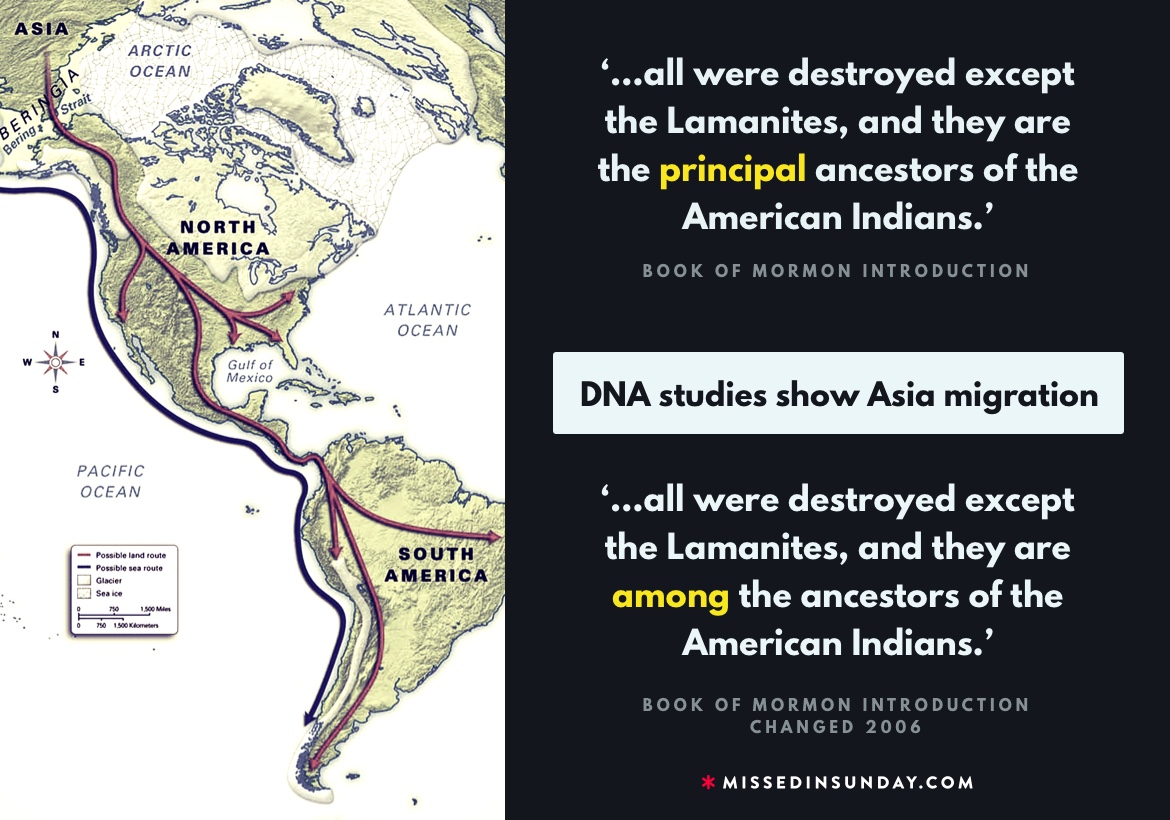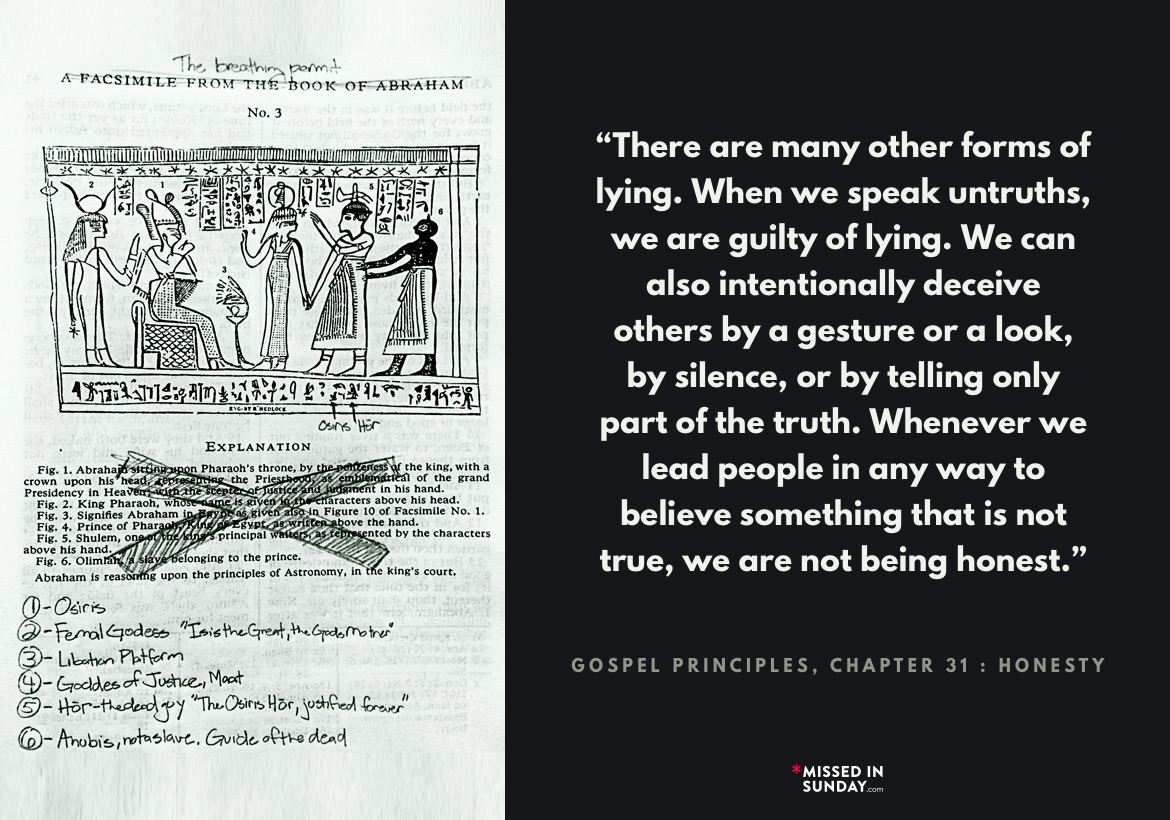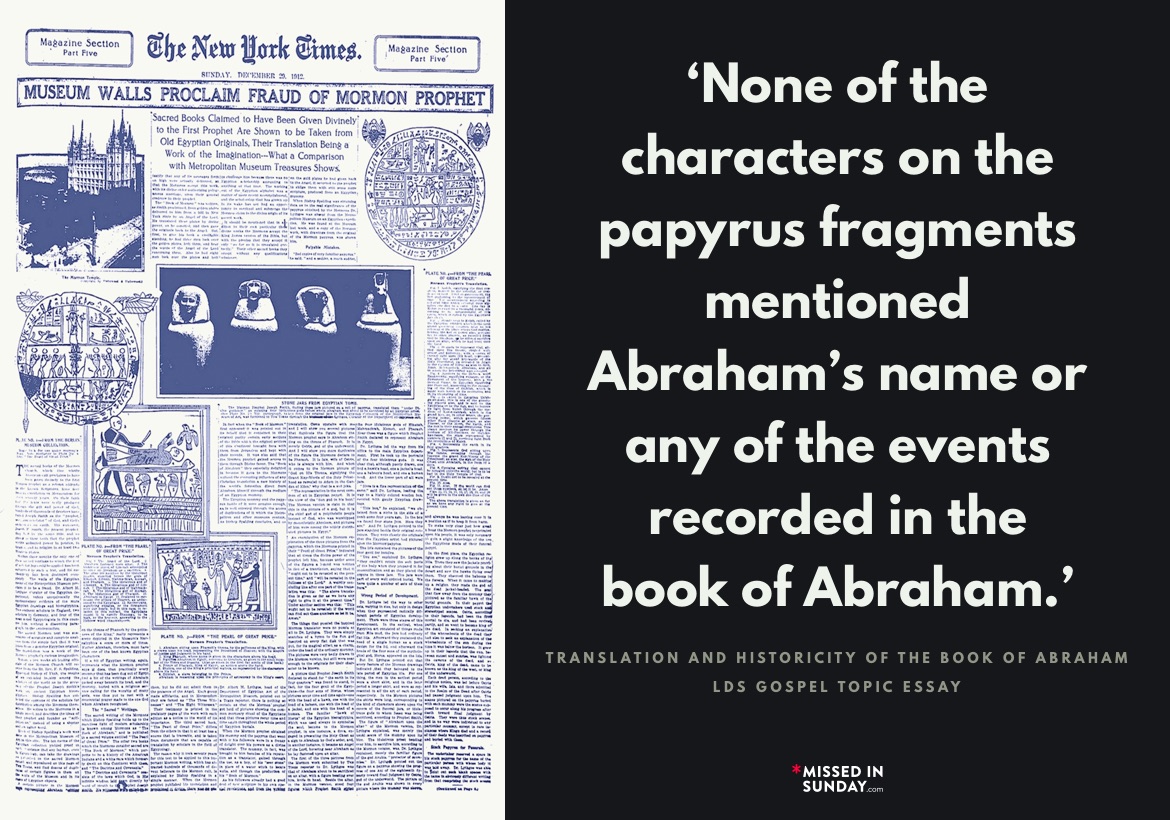Pg. 1
Your recent inquiry concerning the Smithsonian Institution’s alleged use of the Book of Mormon as a scientific guide has been received in the Smithsonian’s Department of Anthropology.
The Book of Mormon is a religious document and not a scientific guide. The Smithsonian Institution has never used it in archeological research and any information that you have received to the contrary is incorrect. Accurate information about the Smithsonian’s position is contained in the enclosed “Statement Regarding the Book of Mormon,” which was prepared to respond to the numerous inquiries that the Smithsonian receives on this topic.
Because the Smithsonian regards the unauthorized use of its name to disseminate inaccurate information as unlawful, we would appreciate your assistance in providing us with the names of any individuals who are misusing the Smithsonian’s name. Please address any correspondence to:
Anthropology Outreach Office
Department of Anthropology
National Museum of Natural History MRC 112
Smithsonian Institution
Washington, DC 20560
Pg. 2
1. The Smithsonian Institution has never used the Book of Mormon in any way as a scientific guide. Smithsonian archeologists see no direct connection between the archeology of the New World and the subject matter of the book.
2. The physical type of the American Indian is basically Mongoloid, being most closely related to that of the peoples of eastern. central, and northeastern Asia. Archeological evidence indicates that the ancestors of the present Indians cane into the New World – probably over a land bridge known to have existed in the Being Strait region during the last Ice Age – in a continuing series of small migrations beginning from about 25,000 to 30,000 years ago.
3. Present evidence indicates that the first people to reach this continent from the East were the Norsemen who briefly visited the northeastern part of North America around A.D. 1000 and then settled in Greenland. There is nothing to show that they reached Mexico or Central America.
4. One of the main lines of evidence supporting the scientific finding that contacts with Old World civilizations if indeed they occurred at all, were of very little significance for the development of American Indian civilizations, is the fact that none of the principal Old World domesticated food plants or animals (except the dog) occurred in the New World in pre-Columbian times. American Indians had no wheat, barley, oats, millet, rice, cattle, pigs, chickens, horses, donkeys, camels before 1492. (Camels and horses were in the Americas, along with the bison, mammoth, and mastodon, but all these animals became extinct around 10,000 B.C. at the time when the early big game hunters spread across the Americas.)
5. Iron, steel, glass, and silk were not used in the New World before 1492 (except for occasional use of unsmelted meteoric iron). Native copper was worked in various locations in pre-Columbian times, but true metallurgy was limited to southern Mexico and the Andean region, where its occurrence in late prehistoric times involved gold, silver, copper, and their alloys, but not iron.
6. There is a possibility that the spread of cultural traits across the Pacific to Mesoamerica and the northwestern coast of South America began several hundred years before the Christian era. However, any such inter-hemispheric contacts appear to have been the results of accidental voyages originating in eastern and southern Asia. It is by no means certain that even such contacts occurred; certainly there were no contacts with the ancient Egyptians, Hebrews, or other peoples of Western Asian and the Near East.
7. No reputable Egyptologist or other specialist on Old World archeology, and no expert on New World prehistory, has discovered or confirmed any relationship between archeological remains in Mexico and archeological remains in Egypt.
8. Reports of findings of ancient Egyptian, Hebrew, and other Old World writings in the New World in pre-Columbian contexts have frequently appeared in newspapers, magazines, and sensational books. None of these claims has stood up to examination by reputable scholars. No inscriptions using Old World forms of writing have been shown to have occurred in any part of the Americas before 1492 except for a few Norse rune stones which have been found in Greenland.
Pg. 3 & 4
Coe, Michael D. Mexico. 4th revised edition. Thames & Hudson, 1994. (A well-written, authoritative summary of Mexican archeology.)
Coe, Michael D. The Maya. 5th revised edition. Thames & Hudson, 1993. (A general summary of the archeology of the Maya.)
Coe, Michael D. and Richard A Diehl. In the Land of the Olmecs. 2 vols. University of Texas Press, 1980.
Fagan, Brian. Ancient North America: The Archaeology of a Continent. 2nd ed. New York: Thames &Hudson, 1995.
Kingdoms of Gold, Kingdoms of Jade: The Americas Before Columbus. New York: Thames & Hudson, 1991.
Ferguson, Thomas S. OneFold and One Shepherd. San Francisco: Books of California, 1958. (A book presenting the Mormon point of view.)
Freidel, David, Linda Schele, and Joy Parker. Maya Cosmos. NY: New York: William Morrow & Co., 1993.
Hammond, Norman. Ancient Maya Civilization. New Brunswick New Jersey: Rutgers University Press, 1982.
Hunter, Milton R. and Thomas S. Ferguson. Ancient America and the Book of Mormon. Oakland, California: Kolob Book Co., 1950. (The Mormon point of view is presented.)
Jennings, Jesse D. Prehistory of North America. 2nd edition. McGraw Hill, 1989.
Jennings Jesse, editor. Vol. 1. Ancient North Americans. Vol. 2. Ancient South Americans. San Francisco: W. H. Freeman, 1983.
Lamberg-Karlovsky, C. C. and Jeremy A. Sabloff. Ancient Civilizations; The Near East and Mesoamerica. 2nd ed. Prospect Heights, IL: Waveland Press, 1995. (Chapter 4 discusses the first Mesoamerican civilization and its origin. Very readable.)
Marcus, Joyce. Mesoamerican Writing Systems: Propaganda, Myth, and History in Four Ancient Civilizations. Princeton, NJ: Princeton University Press, 1992.
Papers of the New World Archaeological Foundation. Provo, Utah: Brigham Young University, 1952-. (Published results of archeological investigations in Mesoamerica by the Foundation supported by the Mormon Church.)
Riley, Carroll L. et al., editors. Man Across the Sea: Problems of Pre-Columbian Contancts. Austin: University of Texas Press, 1971. (A collection of articles, mostly by well-qualified specialists, concerning transoceanic contacts.)
Sabloff, Jeremy A. Cities of Ancient Mexico: Reconstructing a Lost World. New York, NY: Thames &Hudson, 1990.
Schele, Linda, and David Freidel. A Forest of Kings: The Untold Story of the Ancient Maya. New York, NY: William Merrow & Co., 1992.
Wauchope, Robert. Lost Tribes and Sunken Continents. University of Chicago Press, 1974. (Chapter 4 covers Mormon theories, setting them in the context of other nonscientific schemes. Author is a well-qualified specialist on Mexican archeology.)
Williams, Stephen. Fantastic Archaeology: the Wild Side of North American Prehistory. Philadelphia: University of Pennsylvania Press, 1991. (See the chapter “Archaeology and Religion: Where Angels Fear to Tread.”)

